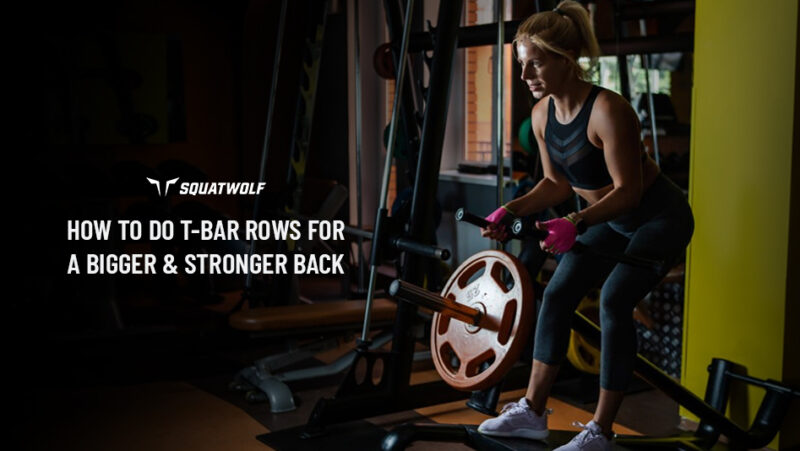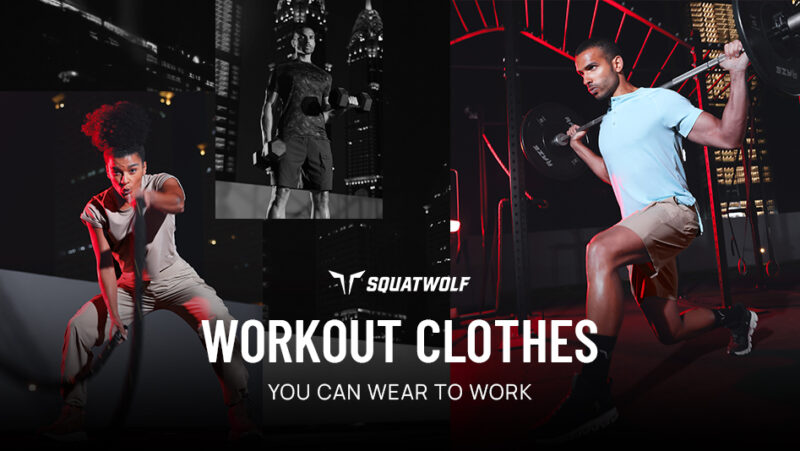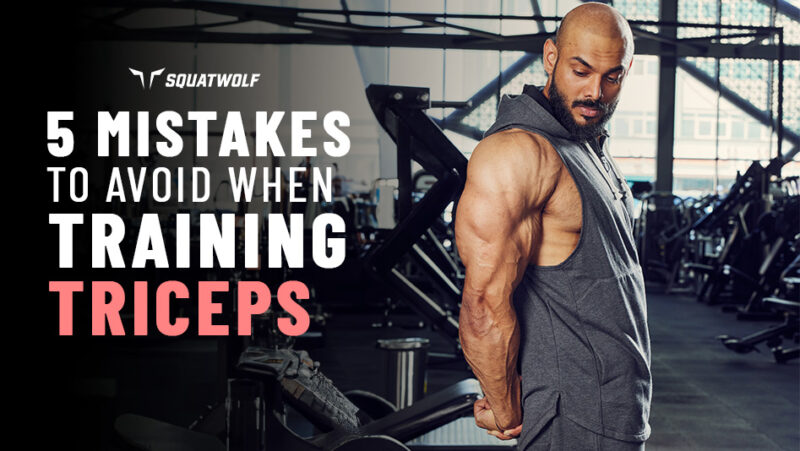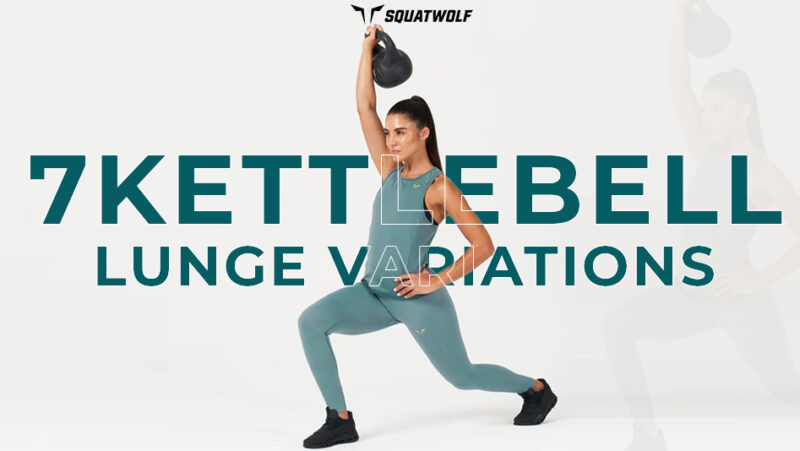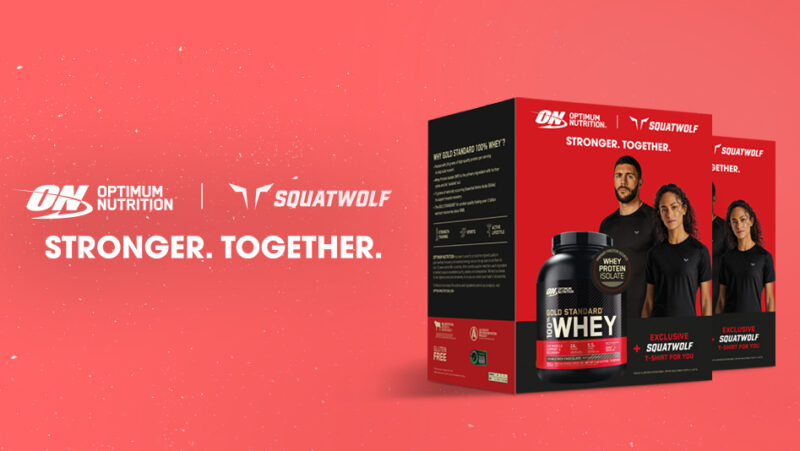Your push days are incomplete without you hitting your delts! Whether you’ve designated a separate day for shoulders or combine them into your push-pull-legs split, you need to make sure you’re doing all the right things to prevent problems.
Here’s the thing – your shoulders are your most mobile joint in your body. But they’re also the most prone to injuries. If your shoulders aren’t strong or flexible enough, you won’t just be suffering from pain – you’ll also be compromising on the aesthetic physique you want to achieve.
And, shoulders are the secondary muscle group working in most upper body exercises. If they’re weak, you won’t be able to get your back or chest workouts right either!
In this guide, you’ll learn the common 5 shoulder workout mistakes that aren’t just bad for your gains, but bad for you!
Sculpt your delts with this complete shoulder workout!
Overworking Your Front Shoulders | Undertraining Your Rear Shoulders | Ego Lifting | Poor Form | No Mobility Training | Worst Shoulder Exercises | Key Takeaways | FAQs
1. Overworking Your Front Shoulders (Anterior Delts)
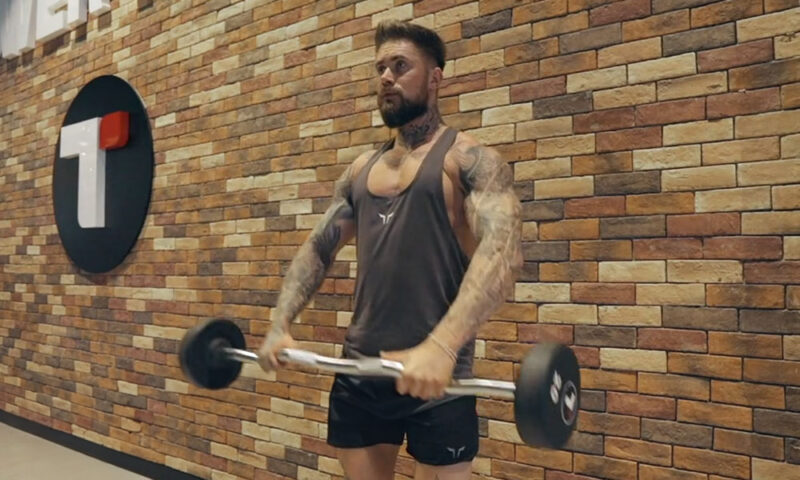
Your anterior delts, otherwise known as your front shoulders, are the most worked head of your delts. Whether you’re benching or doing cable crossovers, you’re working your front shoulders in almost every upper body exercise. In most of your chest, back and triceps workouts, your anterior delts are directly involved. This is why, if you’re doing a lot of dumbbell, cable or barbell front raises in your shoulder routine, you’re likely to overtrain your front delts.
Injury Risk
If you overtrain your anterior delts, you’re likely to create structural imbalances in your overall physique. This often leads to rotator cuff injuries. In addition, overtraining the anterior head could lead to muscular fatigue, draining your front delts off of their strength. What’s worse is that overtraining could even lead to serious conditions like tendinitis because it wears out your shoulder joints and inflames them.
Impact On Gains
Most gym-goers want an ideal and well-balanced physique. If you overtrain your front delts, you’ll be creating a muscular imbalance, which won’t be aesthetically appealing. In addition, with disproportionate gains, you won’t have the physical strength or postural sturdiness you want.
What To Do Instead?
- Focus on your rear delts and lateral delts to create balance
- Avoid training chest and shoulders in the same routine or back-to-back
- If you do train chest and shoulders the same day, then incorporate more lateral and rear delt exercises in your routine
Build well-rounded shoulders with these 3 deltoid exercises.
2. Undertraining Your Rear Shoulders (Posterior Delts)
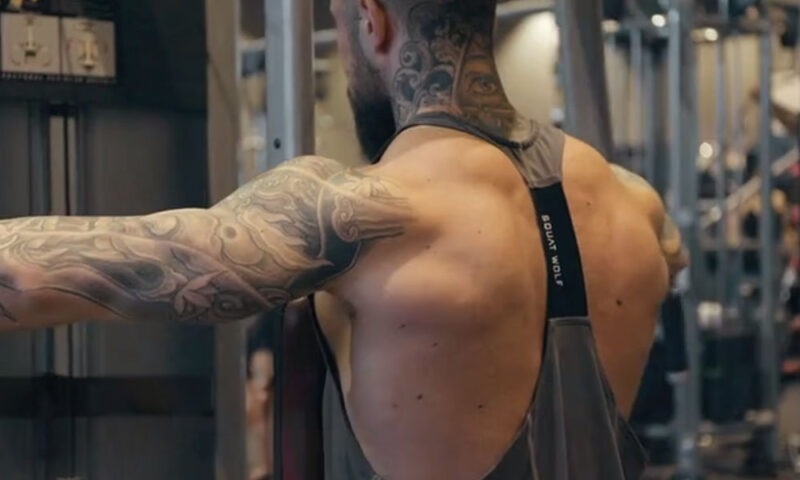
Your posterior delts, or rear shoulders in simple words, rarely get worked. In most cases, rear delts work during lat exercises such as lat pull downs or rows. But even so, with the correct posture, your rear delts won’t be working as much. What’s sad is most gym rats keep rear delts for the last. By the time they’re done with their routines, they’re not as intensive with their rear delt exercises.
Injury Risk
When your rear delts are weak and not sufficiently trained, you’re at a risk of back and neck pain. You’ll also experience a limited range of motion during shoulders, chest and back exercises because your posterior delts won’t be strong enough to support the motion. In addition, you’re also at a risk of kyphosis, which occurs due to a hunched back when your rear delts aren’t strong or stable enough.
Impact On Gains
With weak rear delts, you won’t have a full range of motion. This will hinder your movements on eccentrics and contractions, minimizing muscle engagement. As a result, your muscles won’t be as sculpted as you’d like. They’ll also prevent you from lifting heavier than you can, so you won’t be progressively overloading. This limits the resistance in your training, making your workouts less effective.
What To Do Instead?
- Train your shoulders between back and chest days so your rear delts are already charged and activated during your back exercises
- Incorporate isolated rear delt movement such as bent over flys, cable face pulls and cable crosses.
- Start your shoulder workouts with rear delts to get them activated before the other heads of your delts
Sculpt your delts with resistance band shoulder exercises.
3. Overloading The Weights (Ego Lifting)
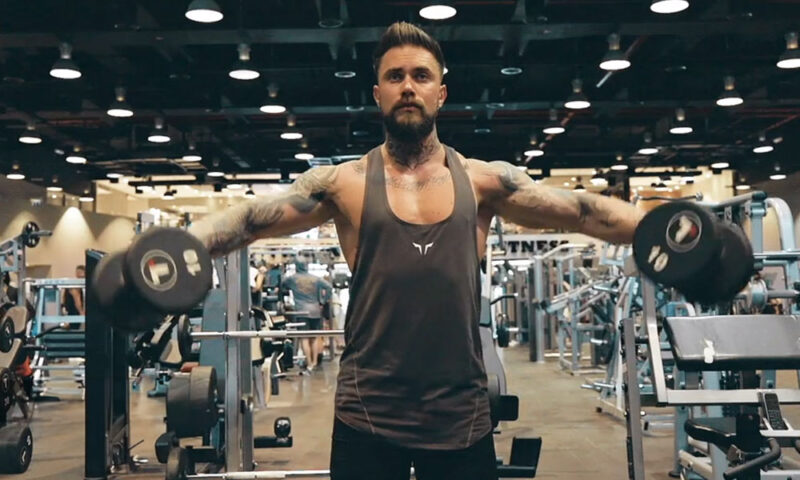
When it comes to training your shoulders, one of the biggest mistakes you can make is stacking up weights after weights. Whether you’re hitting military presses or doing cable workouts, it is important to lift weights you’re comfortably challenged by. This means that while the weights should be heavy enough to create resistance, you should still be able to push out 6-10 reps per set.
Injury Risk
When you lift too heavy or ego lift, you’re excessively straining your muscles, which leads to muscle tissue tears or strains. This also adds unnecessary pressure on your joints, leading to rotator cuff injuries. While these can be healed with rest and recovery, if you constantly ego lift, you might develop chronic conditions such as tendonitis, which is insufferable.
Impact On Gains
One of the biggest downsides of ego lifting is the lack of primary muscle engagement. Because the weights are too much, your secondary muscles such as your back, biceps and triceps are contributing to the lift. This takes the resistance away from your shoulders, which means they’re not being worked properly, leading to muscle imbalance. In addition, if you’re lifting too heavy, you might hit a plateau in your progress, which means you won’t be building muscle. Without proper muscle targeting, even if you’re doing isolated delt exercise, you won’t make any gains.
What To Do Instead?
- Prioritize range of motion, muscle engagement and mind-muscle connection
- If you’re aiming for progressive overload, increase your reps, reduce your rest time, and incorporate supersets and drop sets into your shoulder training routine
- Include bodyweight exercises that target your delts such as pike pushups, hand-stand pushups, decline pushups, bear crawls, shoulder traps and etc.
Get those well-rounded delts with these 4 shoulder cable workouts!
4. Improper Form During Workout
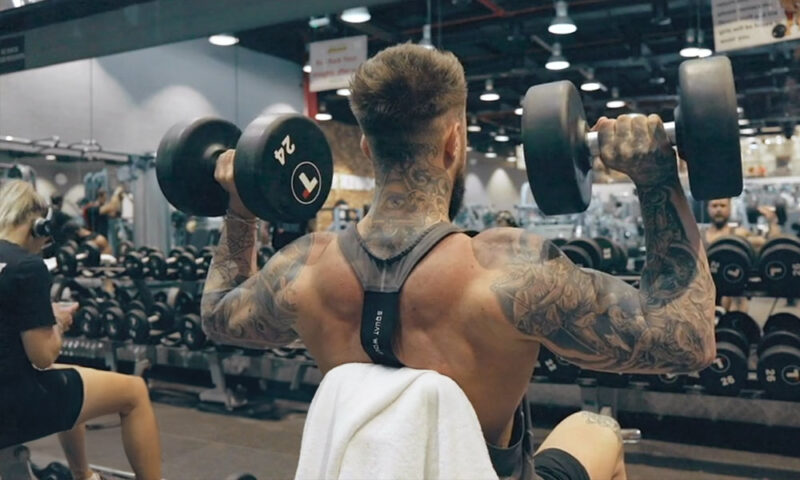
You might be working out with improper form due to several reasons such as you’re new to working out, use excessive momentum or are ego lifting. In addition, if you’re a complete rookie and don’t hire a personal trainer, then you probably have no guidance to correct your form either. Whatever the case maybe – improper form is a cardinal sin when it comes to training your shoulders, and rightfully so!
Injury Risk
Apart from rotator cuff injuries and muscle tears, there’s a massive risk of bursitis if your shoulder joint is damaged. Because of bursitis, you’ll have a limited range of motion along with severe pain and swelling. In addition, because if improper form, you’re likely to experience joint instability, strains and postural problems.
Impact On Gains
Without proper form, your muscles aren’t optimally engaged. This means they won’t grow. In addition, you’re utilizing secondary muscles because your primary muscles aren’t active. This means the right muscles won’t be contracted, leading to insignificant gains. What’s more is that when your form is incorrect, you’re probably going to be using too much momentum. This will take the load off your delts, leading to muscular imbalances and inadequate muscle growth. With minimal gains, your
What To Do Instead?
- Lighten the weights and focus on muscle engagement with bodyweight exercises, lighter weights and more reps, and resistance bands
- When doing lateral raises, raise your arms in-line with your shoulders
- In most shoulder workouts such as laterals, posterior and anterior raises, you should keep a slight bent in your elbows during the motion
- For all shoulder exercises, brace your core and keep a neutral back to maintain your posture
Ladies, tone your delts with these shoulder workouts for women!
5. Not Incorporating Mobility Training

One of the biggest fitness blunders many bodybuilders and powerlifters make is not incorporating mobility or flexibility training. While lifting heavy is great, it is also important to have agility in your body. Otherwise, you’ll end up with stiff muscles, muscle knots and in worst case scenario, should joint dislocations and instability.
Injury Risk
Without mobility training, you’re unable to unlock the full range of motion of your shoulder joints. This means you have limited flexibility, which makes your muscles work extra hard leading to fatigue and wear out. In addition, without mobility training, your body’s structural alignment will be out of place. This leads to poor posture and even chronic injuries.
Impact On Gains
Mobility training builds your strength and flexibility. It helps you build your body’s ability to move with agility and fluidity. If your body isn’t mobile enough, your gains will be compromised. This is because you won’t be able to lift heavy weights – and even if you do, your form won’t be right. This means your muscles won’t be fully engaged, leading to poor contraction. This will affect your overall muscle growth.
What To Do Instead?
- Incorporate some shoulder mobility exercises such as wall slides, arm circles and shoulder pass throughs
- Make sure you do your dynamic stretches for warmup such as arm swings and shoulder rolls to get your joints working
- Don’t overlook Yoga or Pilates – this will help you become more flexible and agile, supporting your workouts
To build your agility and support your shoulder workouts, make sure you do some Hyrox exercises.
10 Worst Shoulder Exercises to Avoid on Your Push Days
Even though there aren’t any ‘terrible’ exercises, there are certain exercises you should avoid with shoulder pain – especially if you have a prior injury.
Here are the exercises to avoid with shoulder pain – and workouts you can swap them with:
| No. | Worst Exercise | Downside | Safer Alternative | Benefit of Alternative |
|---|---|---|---|---|
| 1 | Behind-the-Neck Press | Puts strain on neck and shoulders | Seated Dumbbell Press | Reduces neck strain, targets delts effectively |
| 2 | Upright Row | Risk of shoulder impingement | Dumbbell Lateral Raises | Reduces impingement risk, isolates side delts |
| 3 | Dumbbell Flyes with Excessive Weight | Can overstretch shoulder joint | Lighter Weight Flyes or Cable Flyes | Safely engages delts without joint strain |
| 4 | Heavy Shrugs with Poor Form | Can strain neck and upper back | Controlled Dumbbell Shrugs | Builds traps safely, encourages good form |
| 5 | Deep Dips | Puts excess stress on anterior deltoids | Bench Dips with Limited Range | Targets triceps while reducing shoulder strain |
| 6 | Lat Pulldowns Behind the Head | Strains neck and shoulders | Front Lat Pulldowns | Safely works lats without straining neck |
| 7 | Shoulder Press with Poor Form | Can cause shoulder and back injuries | Arnold Press | Encourages proper form, targets full deltoid |
| 8 | Overhead Barbell Lifts with Locked Elbows | Puts joints at risk | Overhead Press with Slight Elbow Bend | Reduces joint stress, maintains muscle tension |
| 9 | Heavy Lateral Raises | Can strain shoulder joints | Lighter Lateral Raises with Controlled Movement | Effectively works side delts without strain |
| 10 | Smith Machine Shoulder Press | Limits natural movement, increases injury risk | Free Weight Shoulder Press | Allows natural movement, reduces injury risk |
*Pro Tip: To build your shoulder gains and get those rounded delts, make sure you’ve got the right gym wear – this will keep you mobile throughout your movements, helping you build those boulders without damaging your rotator cuffs!
Key Takeaways
When it comes to fitness and training, shoulders are one of the most complex muscle groups. Many people struggle to feel engagement in their delts for several reasons. While some struggle due to genetically weak shoulders, others do so because of the mistakes they’re making.
In this guide, we learned that you need to:
- Avoid overtraining your front shoulders
- Pay attention to your rear shoulders
- Lift weights you’re comfortably challenged by
- Incorporate proper form
- Focus on mobility and flexibility training
By incorporating the right practices and avoiding these grave mistakes, you’ll have the shoulders of your dreams!
FAQs
If you suffer from shoulder problems such as a shoulder impingement, frequent dislocations, shoulder pains, rotator cuff immobility, etc. then you should avoid exercises that involve overhead movements such as overhead shoulder press and military press. You should also avoid lifting excessively heavy weights on exercises that require mobility such as lateral raises, Arnold press, etc. It is important to identify the exact problems in your shoulders and then decide which exercises are good for you and which aren’t.
There are many ways you shouldn’t train your shoulders in. In other words, there are several shoulder training mistakes you should such as working your front delts too much, pairing your shoulder days right after your chest days. If you’re following the push-pull-leg split, then it is important to avoid training your anterior delts right after chest exercises as they’re already pretty worked. In addition, not working on your mobility, lifting way too heavy, compromising form, not doing warmups and not hiring a personal trainer even when you’re new and clueless are some massive mistakes when hitting your shoulders.
Learn more about how to fix rhomboid pain.
The biggest 5 biggest workout mistakes are not warming up before a working, not using the right form or using too much momentum, lifting weights that are too heavy or overexerting yourself during workouts, not looking after your nutrition and not resting to give your muscles time for recovery. Some other workout mistakes include not increasing resistance or progressively overloading, not adding a variety of exercises in your routine, over reliance on one form of workouts such as cardio-only and not mixing and matching with strength or CrossFit. These workout mistakes will stagnate your growth and keep you stuck in your fitness journey.
Although you should always incorporate shoulder exercises that are easy on your muscles and don’t cause shoulder pains, some of the best shoulder exercises to do include dumbbell front raises, lateral or side raises, standing shoulder presses, single arm press, seated military press, bent over flyes, and pike planks. However, if any of these exercises cause shoulder pains, then you should avoid them as they could lead to serious injuries.
Continue Reading



